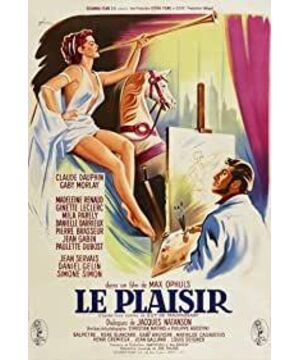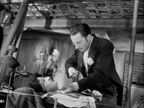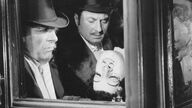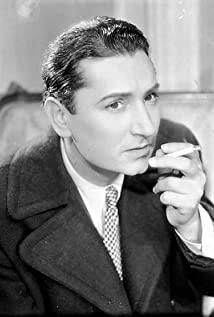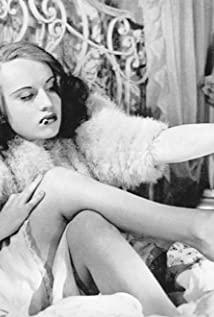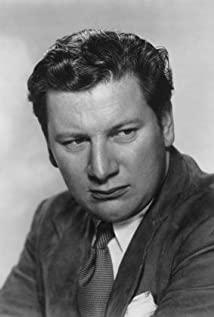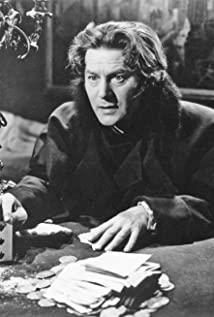Le Plaisir, 1952, Max Ophüls (Joyful) Three stories based on three of Maupassant's novels: "Mask", an old man puts on the mask of a youth to go to a ball in order to regain his lost youth; "Dai Li" "Ye Chun Lou", a brothel owner leads a group of girls back to the countryside to attend her niece's first communion; "Model", a love story between a painter and a model. Love Ophüls' flowing shots so much. The first shot of the dance party is amazing enough. In the second segment, the long shots that show the happy scenes of the rooms in the brothel through the doors and windows are really exquisite. This kind of smoothness and beauty is obviously carefully crafted: the grand ball, the solemn ceremony of the church, the dazzling array of galleries... All of them have not missed any detail, and everything has been restored with the greatest effort. In the second paragraph, the scene of the woman playing on the hillside with wild flowers blooming in the countryside is completely Renoir's oil painting, while the scene of the pond where the male and female protagonists walk in the third paragraph is basically Monet's. The little country train in the second paragraph must have been pulled from a museum-like place—there were no such trains in the 1950s... Like "Round Dance", Ophüls is also in this film. Shows the pursuit of some kind of cycle. The location of the first paragraph is from the flashy dance party to the old man's dilapidated home and finally back to the dance party. The second paragraph is from the bustle of the urban brothel to the simplicity of the rural family and church and finally back to the urban brothel. The third segment is from the narrator. The story begins at the seaside and ends in Paris. The old protagonist reappears at the seaside... The ingenious design of these ideas is the same as the precise use of the sets and shots. Like the source of smoothness and flavor.
View more about Le Plaisir reviews


